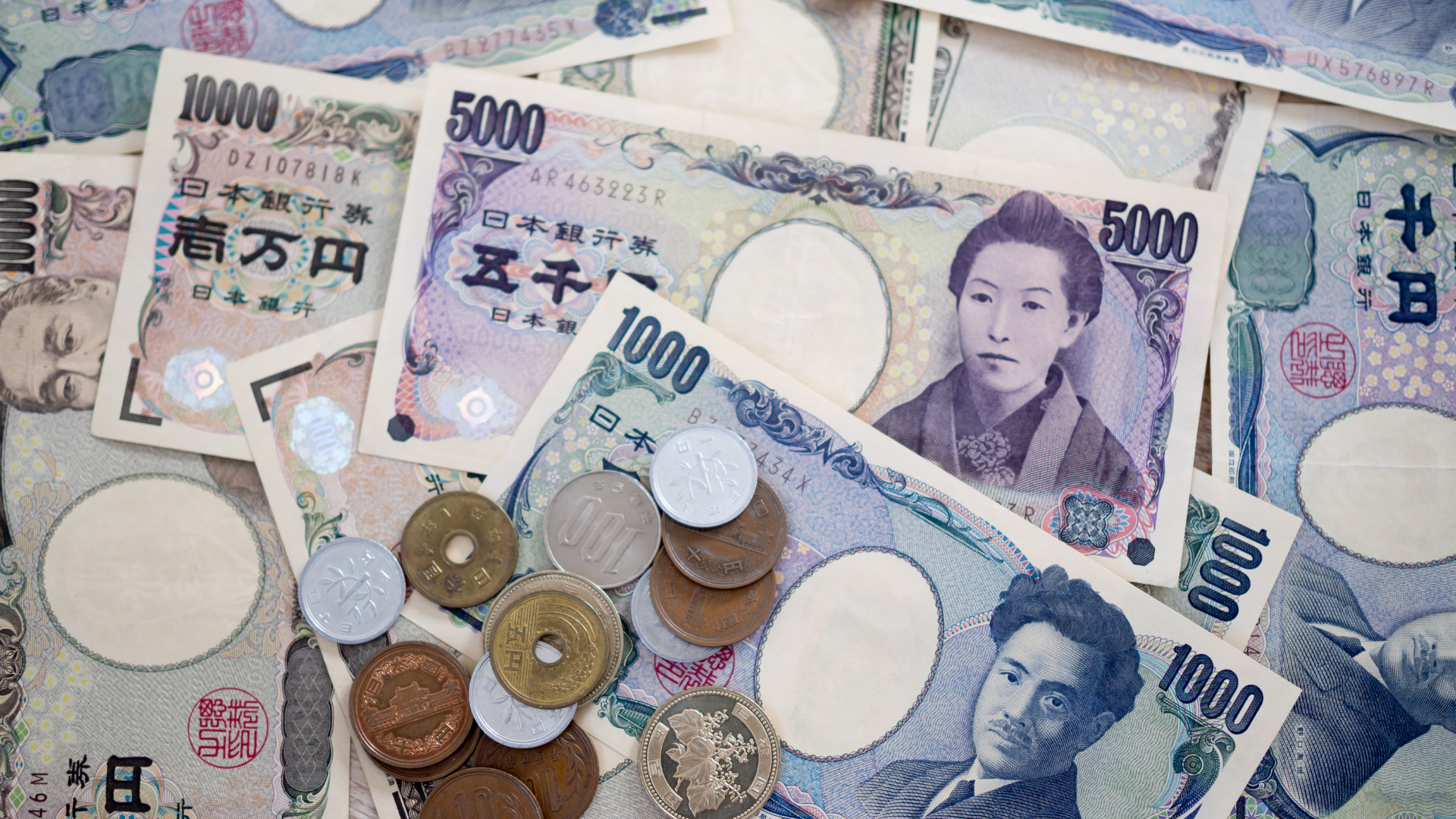The Japanese yen remains under pressure, caught between escalating tariff disputes and the anticipation of key US inflation data that could impact Federal Reserve policy expectations. Risk sentiment has weakened as investors react to US trade tensions, while the yen struggles to regain its footing despite its traditional safe-haven appeal.
The latest tariff concerns stem from US trade policy developments, with new measures aimed at key global trading partners raising fears of retaliatory action. Market participants are weighing the potential economic fallout, as prolonged trade disputes could disrupt supply chains and fuel inflationary risks, particularly in Asian markets.
Meanwhile, the US dollar remains firm, supported by rising Treasury yields and expectations that the Federal Reserve will maintain a restrictive policy stance. Traders are bracing for the release of the US Consumer Price Index (CPI), which could further dictate the near-term direction of the yen-dollar pair. A hotter-than-expected reading would likely reinforce the dollar’s strength, increasing pressure on the yen.
Despite its safe-haven status, the yen has struggled to attract strong demand as the Bank of Japan (BoJ) maintains its ultra-loose policy stance. While speculation over a potential BoJ policy shift continues, the central bank has yet to provide a clear signal on when it may move away from negative interest rates. This divergence in monetary policy outlooks has kept the yen on the defensive against the dollar.
Technical indicators show USD/JPY remains in an uptrend, with resistance near 157.00 acting as a key level to watch. A break above this zone could extend the dollar’s rally, while any cooling in US inflation expectations might provide some relief for the yen, leading to a pullback toward 155.50 support.
For now, yen traders remain cautious, with tariff uncertainty and US inflation data acting as key drivers of volatility. Unless risk sentiment shifts dramatically or the BoJ signals a more hawkish turn, the yen may continue to struggle against the dollar’s momentum in the short term.













